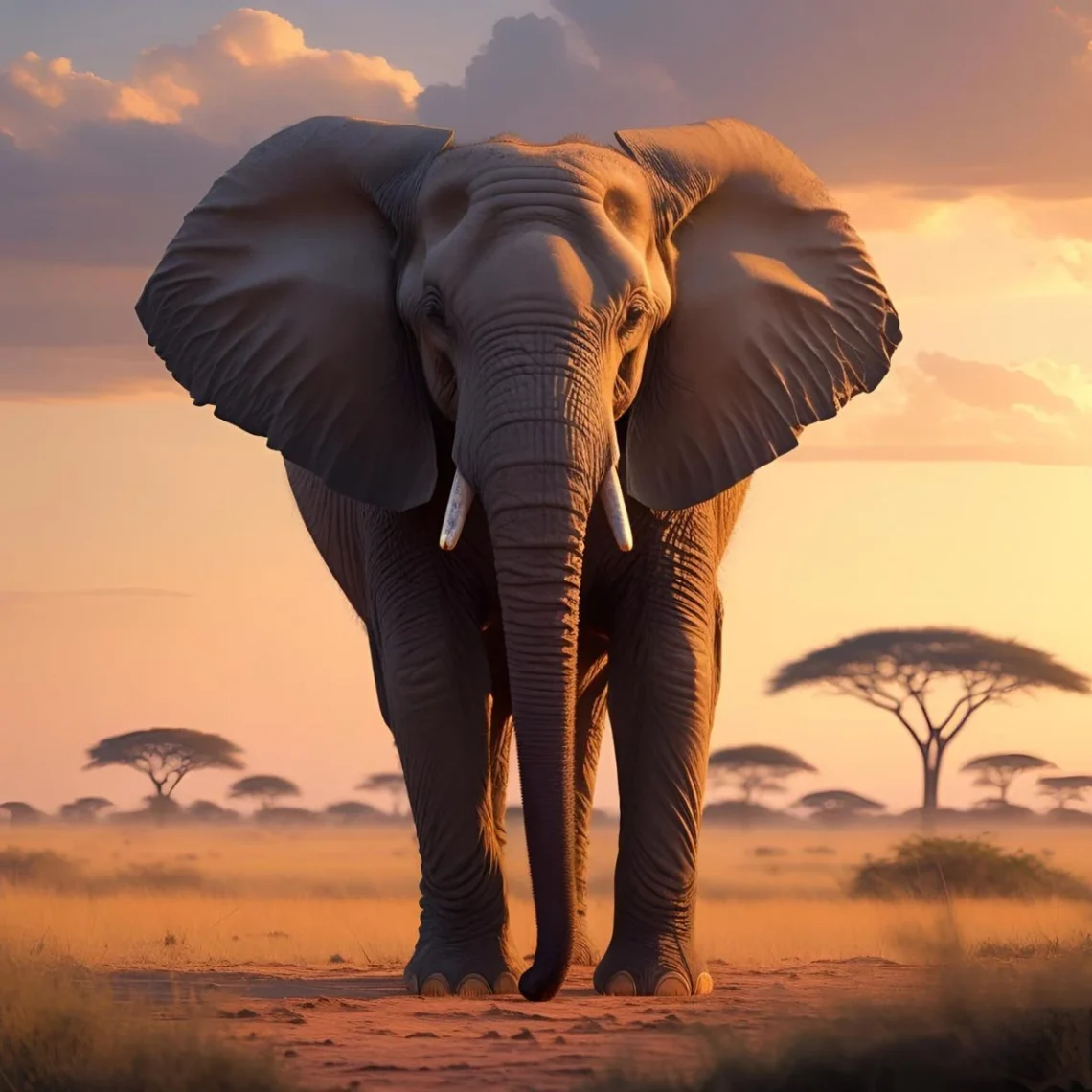The Universal Allure of “Big”
As I stood at the base of the Great Pyramid of Giza, its colossal presence left me speechless, evoking wonder and humility. That moment crystallized how the concept of “big” resonates universally, transcending borders and languages. Indeed, whether it’s a towering mountain, a sprawling city, or an audacious dream, “big” captures our shared fascination with grandeur. Consequently, this blog post embarks on a global journey to explore how “big” is expressed across cultures, weaving together the threads of human aspiration that unite us all.
Reference Table: “Big” in Different Languages
| Language | Word for “Big” | Cultural/Linguistic Insight |
|---|---|---|
| Spanish | Grande | Describes both size and greatness, as in “un gran hombre” (a great man). |
| French | Grand | Implies nobility, as in “grand roi” (great king). |
| German | Groß | Conveys size and significance, used formally and casually. |
| Italian | Grande | Evokes passion, as in “grande amore” (great love). |
| Mandarin Chinese | Dà (大) | Symbolizes power, often used in philosophical contexts. |
| Hindi | Bada | Reflects prominence, common in spiritual and social settings. |
| Japanese | Ōkii (大きい) | Tied to respect for nature’s vastness, like “ōkii umi” (big ocean). |
| Korean | Keun (큰) | Denotes importance, used in phrases like “keun saram” (big person). |
| Arabic | Kabīr (كبير) | Conveys majesty, often linked to divine attributes. |
| Swahili | Kubwa | Associated with leadership, as in “mtu mkubwa” (big person). |
| Zulu | Nkulu | Tied to respect for elders or significant figures. |
| Yoruba | Tobi | Reflects abundance, used in celebratory contexts like “tobí ọjọ́” (big day). |
| Maori | Nui | Symbolizes reverence for nature, as in “maunga nui” (big mountain). |
| Hawaiian | Nui | Expresses emotional depth, as in “aloha nui” (big love). |
| Cherokee | Galvquodi | Tied to spiritual and physical expansiveness in storytelling. |
European Languages: Elegance in Grandeur
To begin, European languages infuse “big” with sophistication and historical depth. For instance, in French, grand elevates both size and prestige, as seen in le grand palais (the grand palace). Meanwhile, Spanish grande carries warmth, describing physical scale or emotional depth, like una gran aventura (a great adventure). Similarly, Italian grande bursts with passion, used in expressions like grande cuore (big heart). On the other hand, German groß is precise, applied to große stadt (big city) or großer erfolg (great success), reflecting ambition. Thus, across Europe, “big” intertwines with legacy and aspiration, celebrating both the tangible and the profound.
Asian Languages: Depth and Diversity
Turning to Asia, the diversity of languages reveals varied expressions of “big.” For example, in Mandarin Chinese, dà (大) conveys power and philosophical vastness, as in dà shān (big mountain). In contrast, Hindi bada emphasizes prominence, often spiritual, like bada guru (great teacher). Additionally, Japanese ōkii reflects reverence for nature’s scale, as in ōkii umi (big ocean). Likewise, Korean keun balances humility and pride in phrases like keun saram (important person). Meanwhile, in Arabic, spoken across over 20 countries, kabīr evokes divine majesty, as in Allahu Akbar (God is great). Hence, Asia’s expressions of “big” mirror its rich cultural and historical tapestry.
African Languages: Strength and Community
Next, African languages frame “big” as a symbol of strength and community. To illustrate, Swahili, spoken in over 20 countries, uses kubwa for leadership, as in mtu mkubwa (big person, meaning leader). Similarly, Zulu nkulu honors respected figures like elders, reflecting cultural values of hierarchy. Moreover, Yoruba tobi conveys abundance and joy, as in tobí ọjọ́ (big day). Across these languages, “big” prioritizes influence and connection over mere size. As a result, it resonates deeply with Africa’s communal and celebratory spirit.
Indigenous & Island Languages: Reverence for Nature and Spirit
Furthermore, indigenous and island languages offer profound perspectives on “big.” For instance, Maori nui reflects reverence for nature, as in maunga nui (big mountain). Similarly, Hawaiian nui conveys emotional depth, as in aloha nui (big love). In Cherokee, galvquodi ties size to spiritual expansiveness in storytelling. Likewise, Samoan tele, spoken across Pacific islands, emphasizes communal bonds, as in aiga tele (big family). Consequently, these languages weave “big” into narratives of nature, spirituality, and kinship, celebrating interconnectedness.
Cultural Insights: The Evolution of “Big”
Moreover, the concept of “big” has evolved across civilizations. In ancient Mesopotamia, massive ziggurats symbolized divine connection. Similarly, in Chinese philosophy, dà represented cosmic balance. During medieval Europe, grand denoted royal or religious significance. Today, terms like “Big Data” or “Big Dreams” blend tradition with modernity. Thus, “big” remains a bridge between the tangible and aspirational, reflecting humanity’s enduring quest for greatness.
Proverbs and Sayings About “Big”
- Spanish: “No hay grandeza sin sacrificio.” (There is no greatness without sacrifice.)
- Chinese: “大志非才不就.” (Great ambitions cannot succeed without talent.)
- Swahili: “Mtu mkubwa hupima maneno yake.” (A big person measures their words.)
- Maori: “He nui te moana, he nui te ngākau.” (The ocean is vast, and so is the heart.)
- Arabic: “الكبير لا يصغر إلا بعين الصغير.” (The great only seem small in the eyes of the small.)
These proverbs highlight how “big” embodies wisdom and humility across cultures.
FAQs
Why does “big” sound similar in many languages?
Shared linguistic roots, like Latin grandis or Proto-Indo-European gwr̥hₓ-, create similarities in European languages. Additionally, universal values around size foster parallels elsewhere.
What’s the oldest known usage of “big”?
The Proto-Indo-European root bʰewgʰ- (to swell) dates back over 5,000 years, appearing in ancient texts across Europe and Asia.
How do cultural differences shape “big”?
For instance, collectivist cultures like those in Africa emphasize community significance, while individualistic European cultures focus on personal achievement or scale.
Conclusion: The Universal Power of “Big”
Ultimately, from the Himalayas’ peaks to Africa’s savannas, “big” unites us in awe of the extraordinary. Whether through a French cathedral’s grandeur, an Arabic prayer’s majesty, or a Samoan family’s warmth, “big” carries universal emotional weight. Therefore, I invite you to share your story—how do you say “big” in your language, and what does it mean to you? Please leave a comment below, and let’s celebrate the world’s grandeur together!





